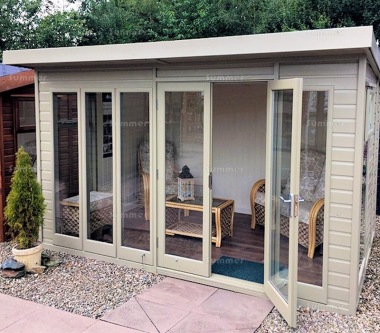All Categories
Featured
Table of Contents
Buy Double Glazed Upvc Sliding Doors In Sydney in Two Rocks WA
Glazing merely implies the windows in your home, consisting of both openable and fixed windows, along with doors with glass and skylights. Glazing in fact simply suggests the glass part, however it is typically used to refer to all aspects of an assembly consisting of glass, films, frames and home furnishings. Paying attention to all of these elements will assist you to attain effective passive design.

Energy-efficient glazing makes your home more comfy and drastically lowers your energy costs. However, improper or badly designed glazing can be a significant source of undesirable heat gain in summertime and significant heat loss and condensation in winter. As much as 87% of a house's heating energy can be gotten and as much as 40% lost through windows.
Enjoy Your Summer More With Double Glazed Windows in Warnbro Perth
Glazing is a substantial investment in the quality of your house. The expense of glazing and the expense of heating and cooling your home are carefully related. A preliminary financial investment in energy-efficient windows, skylights and doors can considerably reduce your yearly heating & cooling expense. Energy-efficient glazing also decreases the peak heating and cooling load, which can minimize the required size of an air-conditioning system by 30%, causing additional cost savings.

This tool compares window choices to a base level aluminium window with 3mm clear glass. Understanding some of the key residential or commercial properties of glass will assist you to select the very best glazing for your home. Key homes of glass Source: Adapted from the Australian Window Association The quantity of light that goes through the glazing is called visible light transmittance (VLT) or noticeable transmittance (VT).
Why Does Double Glazing Help To Keep Us Cool In Summer? in Mundaring Perth
The U value for windows (revealed as Uw), describes the conduction of the whole window (glass and frame together). The lower the U value, the greater a window's resistance to heat circulation and the much better its insulating value.
If your home has 70m2 of glazing with aluminium frames and clear glass with a U worth of 6. 2W/m2 C, on a winter season's night when it is 15C chillier outside compared to inside your home, the heat loss through the windows would be: 6. 2 15 70 = 6510W That is comparable to the overall heat output of a large room gas heater or a 6.
Guide To Double Glazing – Functional And Energy Efficient in Inglewood Perth
If you choose a window with half the U worth (3. 1W/m2 C) (for instance, double glazing with an argon-filled gap and less-conductive frames), you can cut in half the heat loss: 3. 1 15 70 = 3255W The solar heat gain coefficient (SHGC) for windows (revealed as SHGCw) measures how easily heat from direct sunlight flows through a whole window (glass and frame together).
The lower a window's SHGC, the less solar heat it transmits to your home interior. Glazing manufacturers declare an SHGC for each window type and style. The actual SHGC for windows is affected by the angle that solar radiation strikes the glass. This is understood as the angle of incidence.
How To Retrofit Your Windows With Double Glazing, And Keep ... in Highgate WA
When the sun is perpendicular (at 90) to the glass, it has an angle of occurrence of 0 and the window will experience the maximum possible solar heat gain. The SHGC declared by glazing makers is always determined as having a 0 angle of occurrence. As the angle increases, more solar radiation is reflected, and less is transmitted.
Latest Posts
Window Glazing For Households - Energy in Millendon Western Australia
Best Double Glazing Brighton Archives in East Victoria Park Perth
Double Glazed Windows Sydney in Duncraig WA